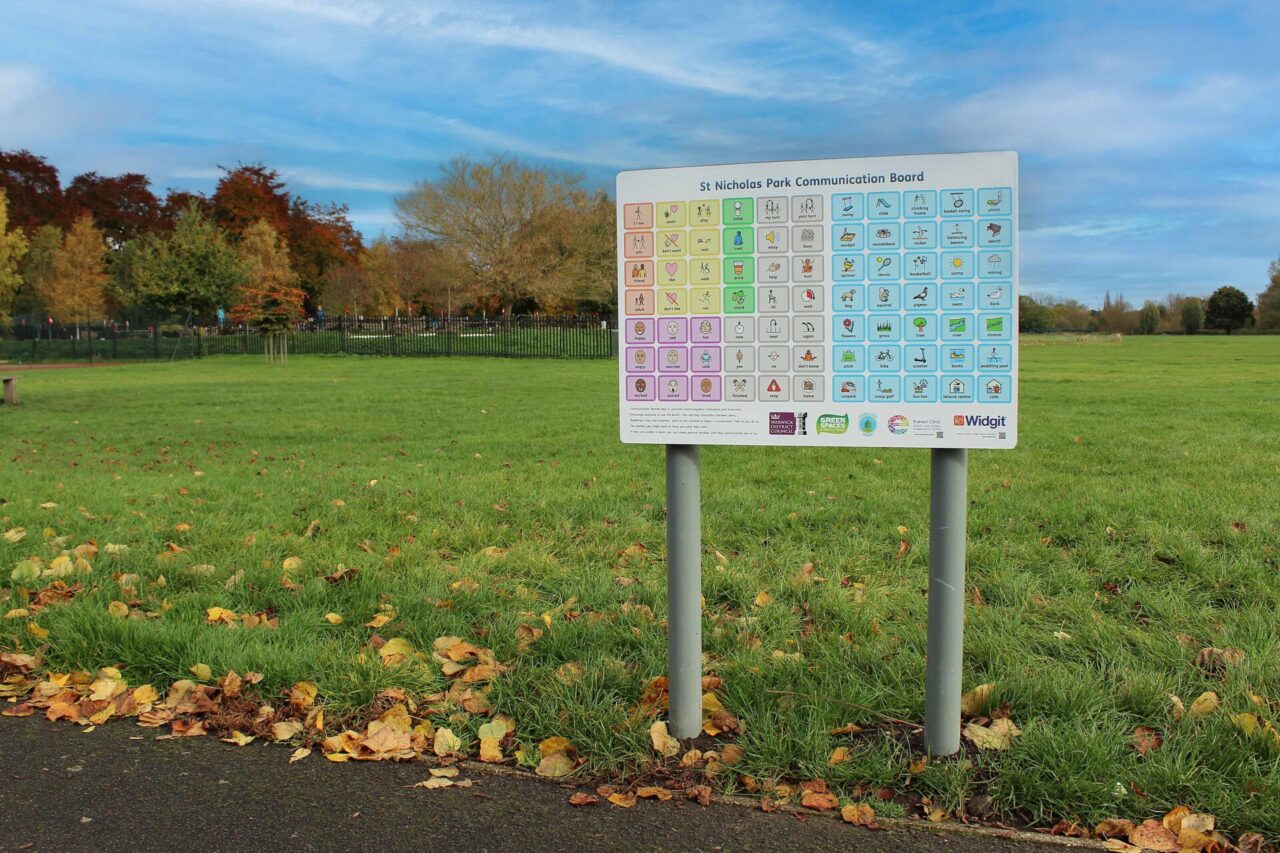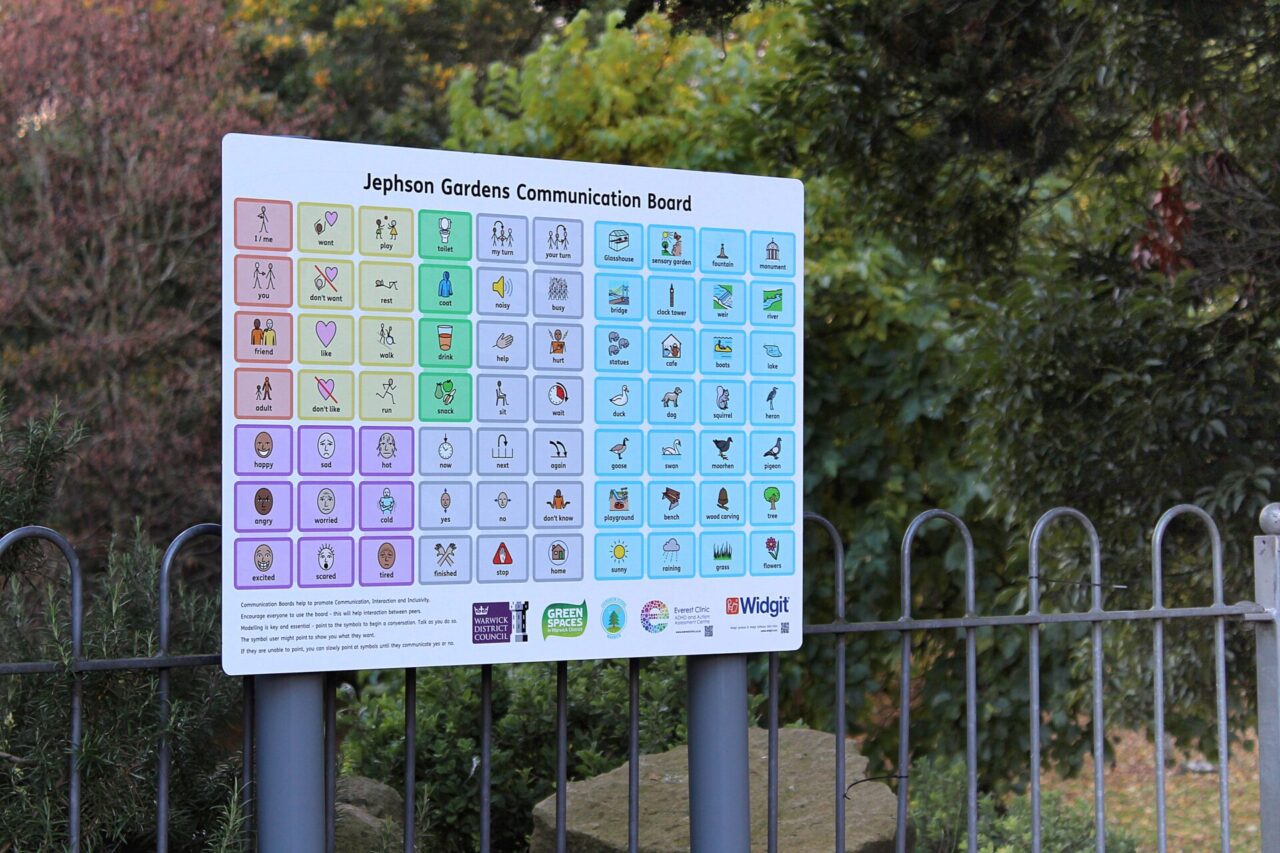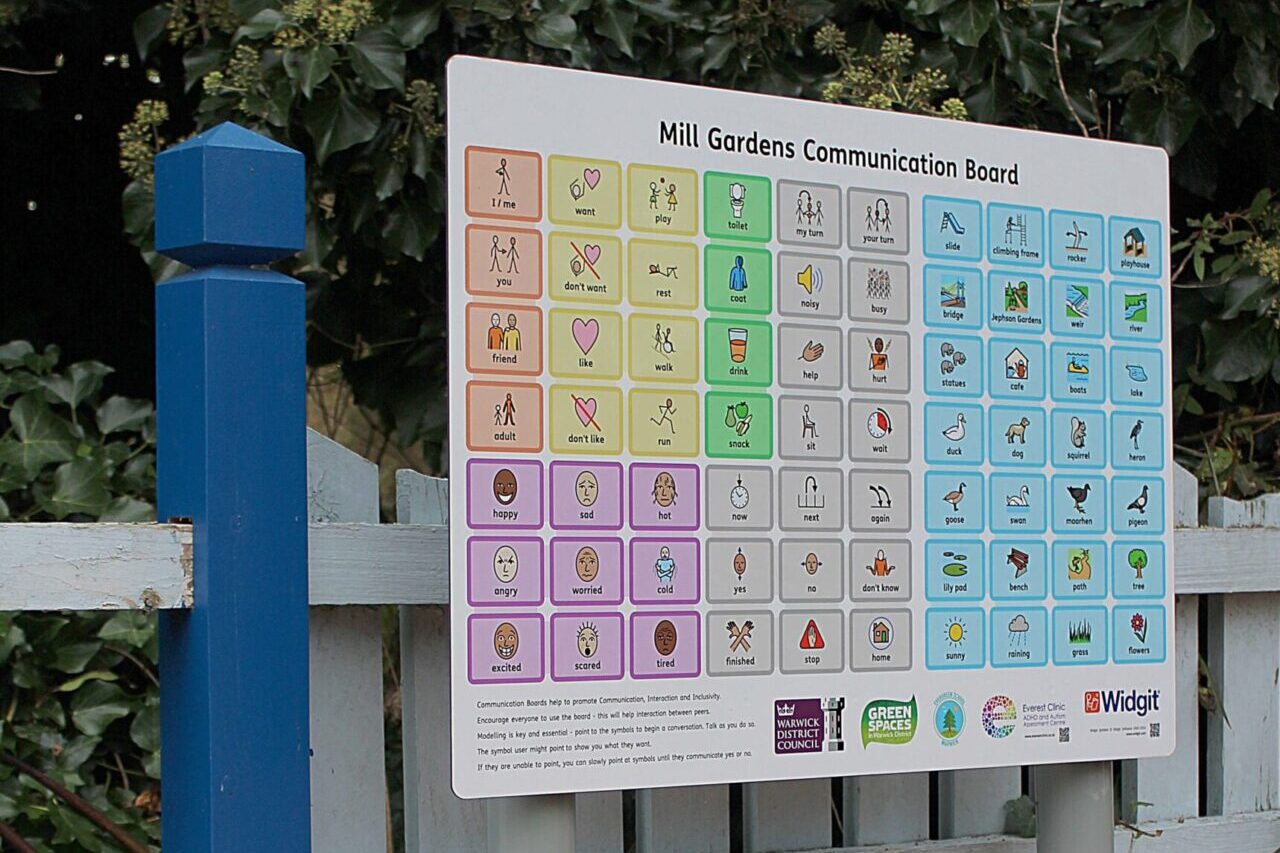As Neurodiversity Week kicks off in March, we wanted to take a moment to talk about the importance of considering neurodiversity when designing wayfinding signage. Wayfinding signage plays a crucial role in helping people with neurodivergent conditions navigate unfamiliar spaces, providing them with the support they need to access their environment with confidence.
The ever-growing understanding of neurodiversity has led businesses and organisations to consider ways in which they can make their spaces more inclusive to all. Neurodivergent is an umbrella term that describes people whose brain structure, chemistry or function is different from what is considered typical. Conditions such as autism, dyspraxia, ADHD dyslexia, and many more are included under the umbrella of neurodiversity.
Inclusivity should be a fundamental consideration when designing wayfinding signage. Here at Graphic Arts Group, we recognize the importance of creating signage that acknowledges the needs of those with neurological differences and creates inclusive spaces. In this blog post, we will discuss why designing for neurodiversity when creating wayfinding signage is necessary, as well as some techniques for achieving this.
How Neurodiversity can impact wayfinding
Navigating unfamiliar environments can be especially difficult for individuals who are neurodiverse, such as those with Dyslexia, Dyspraxia, ADHD, or Autism, who may have more difficulty understanding and following standard directions or visual cues. It’s important to understand that being neurodiverse simply means your brain works differently, therefore it requires different structures and patterns than those to which a neurotypical brain may respond.
Neurodivergent individuals have accomplished extraordinary things in an environment that typically fails to account for their unique way of thinking. Nonetheless, increasing awareness of these conditions now presents an opportunity to provide equal access when it comes to wayfinding.
As such, wayfinding systems should be designed to be as inclusive as possible, making the environment comprehensible and accessible for all. In line with the Equality Act 2010, those with specified protected characteristics are legally protected, and neurodivergent people fall into this category. Consequently, they are eligible to receive “reasonable adjustments” to their working conditions which are important to consider when designing wayfinding signage for a workspace or educational facility. Taking the time to consider those with neurodivergent conditions when creating wayfinding signage will make a space welcoming and safe for all.
The Importance of Inclusive Design
When designing for neurodiversity, it is vital to recognize that everyone is equal and deserves equal access to information and opportunities. Many individuals with neurodiversity conditions such as ADHD and autism can struggle with overstimulation in an environment that has not been designed with them in mind. Without adequate consideration of these conditions, navigation can become confusing, therefore not serving its purpose. As an estimated one in seven people in the UK are thought to be neurodivergent, the importance of inclusive design is clear.
Designing wayfinding signage that is inclusive to those who are neurodiverse can allow people to get the best out of a space and take control of navigating their environment. This can open opportunities and help those with neurodivergent conditions feel independent and gain a better understanding of the space they are in. By understanding these needs, wayfinding signage can be designed in such a way that it is easier to use and more accessible to everyone.
How to design wayfinding signage with neurodiversity in mind
When creating wayfinding signage for neurodiverse individuals, it is essential to consider their unique needs and preferences. People with dyspraxia, for example, can find traditional navigation cues unclear and overwhelming. As such, it is important to create an intuitive and easy-to-follow system.
One key element in wayfinding for those with neurodivergent conditions is signage. Incorporating clear, concise signs that make use of symbols, rather than words, can be incredibly beneficial. For example, placing arrows or floor symbols alongside each sign will help draw attention to the direction of their desired location. Additionally, using a consistent colour scheme and font throughout the signage can reduce confusion and make it easier to remember.
Lighting is another important element to consider when designing with the neurodivergent brain in mind. Often neurodivergence can come with light sensitivity. This can mean that some qualities of electric lights such as flickering, excessive brightness, and humming can be very distracting if not debilitating at times. By utilizing the right levels of lighting, it will be easier for people with neurodivergent conditions to find their way around the space and focus on the wayfinding signage.
Strategically placed coloured landmarks can also help people with neurodivergent conditions find their way around and become familiar with their environment. By introducing unique colour palettes in certain areas, you can help orient those who may struggle with keeping a clear sense of direction. This could be in the form of coloured signs, environment branding, or even temporary signage depending on the need.
By utilizing these elements and principles, you can create an inclusive wayfinding experience that allows those with neurodivergent conditions to feel safe and supported while moving around their environment.
Interested in inclusive wayfinding signage?
If you’re interested in achieving inclusive wayfinding signage, you can contact our team of experts today for advice on how to move forward.
To explore more about how Graphic Signs can help with your environment branding needs, visit our website or contact one of our experts for a chat today- sales@graphic-signs.co.uk





